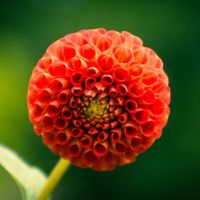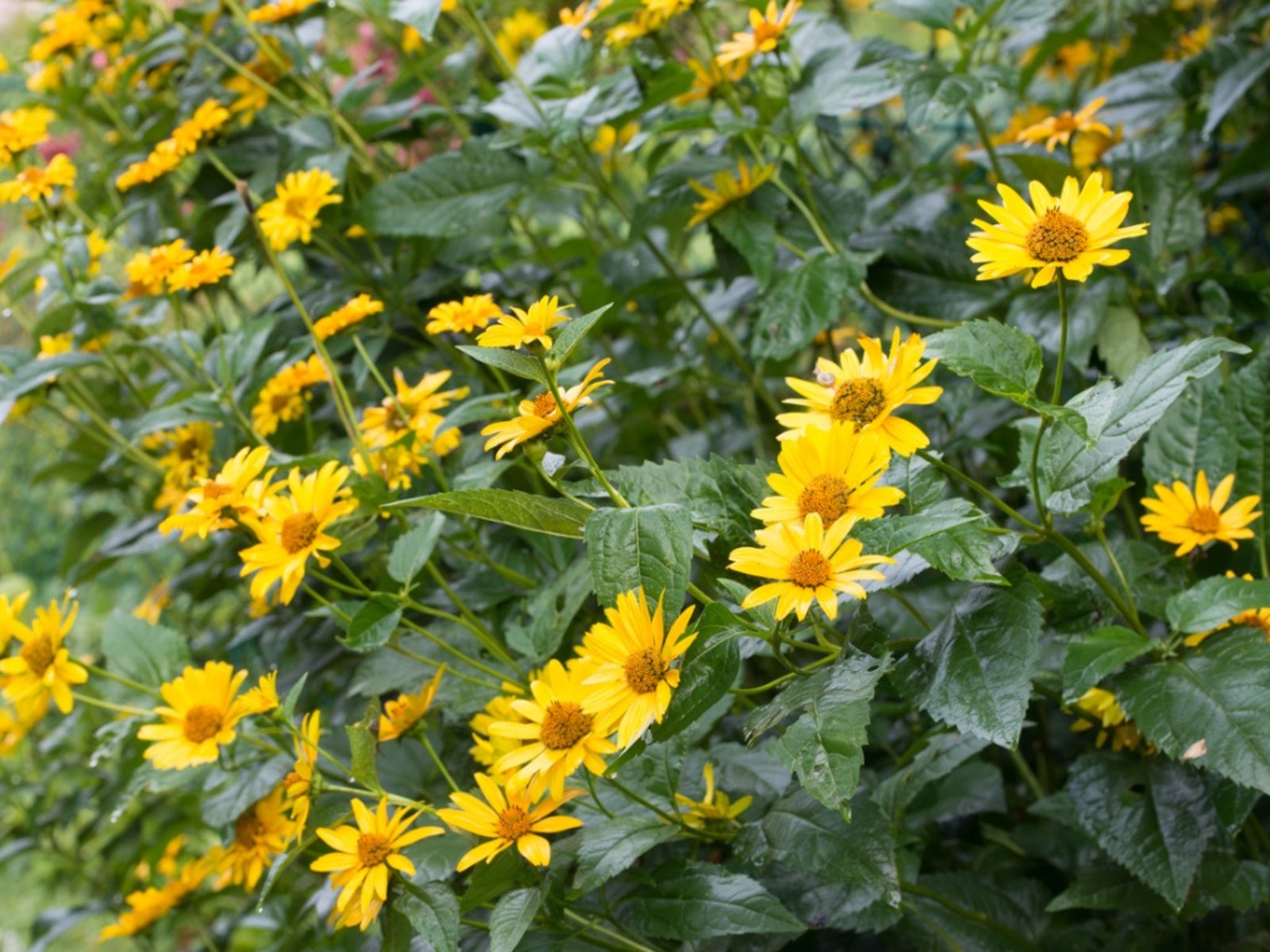Jerusalem Artichoke Care: Learn How To Grow A Jerusalem Artichoke


Many vegetable gardeners are unfamiliar with Jerusalem artichoke plants, although they may know them by their common name, sunchoke. Jerusalem artichokes are native to North America and have nothing in common with the artichokes found in your local grocery. Nothing's easier than planting a Jerusalem artichoke, other than growing them, which is even easier. If you live in the northern two thirds of the United States or somewhere with the same climate, you should give them a try. Beware though; once you have Jerusalem artichokes growing in your garden, you'll have a hard time changing your mind!
Jerusalem Artichoke Plants
Jerusalem artichoke plants (Helianthus tuberous) are perennial relatives of the sunflower. The edible portions are the fat, misshapen tubers that grow below ground. Tubers are dug in the fall. They can be cooked like a potato, either fried, baked, and boiled, or eaten raw with a flavor and crunch similar to water chestnuts. If you or someone you care about happens to be diabetic, learning how to grow a Jerusalem artichoke can be a labor of love. Rather than carbohydrates, the tubers contain inulin that breaks down during digestion into fructose, which is preferable to glucose. Jerusalem artichoke plants can grow 6 feet (2 m.) high and are covered with 2 inch (5 cm.) flowers in late August and September. The flowers are a bright and cheerful yellow. The leaves are about 3 inches (8 cm.) wide and 4 to 8 inches (10-20 cm.) long. Much more difficult than learning how to grow a Jerusalem artichoke is learning where to find one. Most garden centers don't carry them, but many catalogs do. Or you can use my personal preference and try planting Jerusalem artichokes you've purchased at the grocery store!
How to Grow a Jerusalem Artichoke
How to grow a Jerusalem artichoke begins with the soil. While the plants grow and produce flowers in almost any type of soil, yields are better when they are planted in loose, well aerated, well-draining soil. The plants also produce greater yields in slightly alkaline soil, but for the home gardener, neutral soil works fine. An all purpose fertilizer should be worked into the soil when planting. Planting Jerusalem artichokes is much like planting potatoes. Small tubers or pieces of tuber with two or three buds are planted 2 to 3 inches (5-8 cm.) deep about 2 feet (61 cm.) apart in early spring as soon as the ground can be worked. The planting should be watered well. The tubers will sprout in two to three weeks.
Jerusalem Artichoke Care
Jerusalem artichoke care is pretty basic. Light cultivation and weeding should begin as soon as the sprouts break through the soil. Once the plants are established, however, no cultivation is necessary. Water is essential and the plants should receive at least 1 inch (2.5 cm.) per week to promote good tuber growth. Flowering begins in August, providing a feast for the eyes. When the plants begin to brown sometime in September, it's time to harvest your first Jerusalem artichokes. Care should be taken to dig deep enough not to injure the delicate skin. Harvest only what you need. Cut away the dying plants, but leave the tubers in the ground. They can be harvested all winter until they begin to sprout in the spring, and here's what was meant earlier about not changing your mind. Any piece of tuber left to overwinter will sprout and your garden can be easily overrun with Jerusalem artichokes to the point where some gardeners refer to them as weeds! On the other hand, if you assign a corner of your garden permanently to Jerusalem artichokes, growing them can be even easier as the plants replenish themselves. Just give your patch a dose of fertilizer each spring. When it comes to Jerusalem artichoke growing and care, what could be easier than that?
Sign up for the Gardening Know How newsletter today and receive a free copy of our e-book "How to Grow Delicious Tomatoes".

Jackie Rhoades began writing for Gardening Know How in 2010.